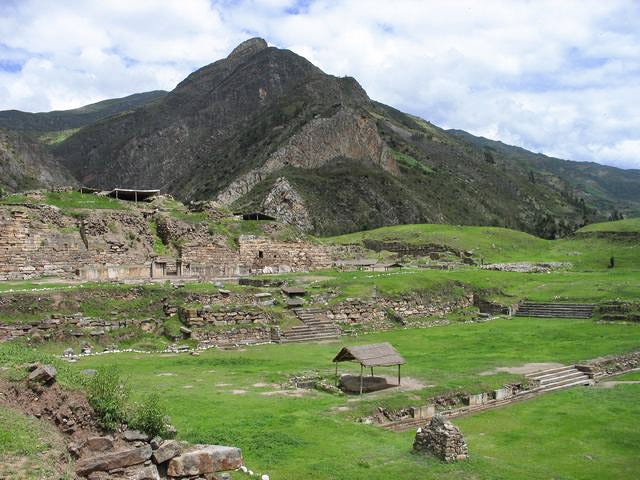The Oracle, the Jaguar, & the Cactus: Psychedelics in Peru’s Ancient Pyramids
Beneath the towering Andes, in the shadowy labyrinth of Chavín de Huántar, ancient rituals whispered secrets of power, transformation, & cosmic truth.
A priest sprouts fangs, his eyes roll, and his hair becomes snakes. He grasps San Pedro in his hands, a distinctive mescaline-containing cactus that grows abundantly in the surrounding Andes mountains.
Other part-human, part-animal beings have rivers of snot pouring from their nostrils — a known side effect of psychedelic snuff.
These scenes are carved into granite at the mysterious flat-topped pyramid of Chavín de Huántar. A day's drive from Lima, Peru, the stones piled for nearly a thousand years rise above the plateau in modern-day Ancash.
Built in stages, Chavin de Huatar is not a fortress or city but a ceremonial center hiding an underground labyrinth.
Hidden in the heart of the network of tunnels lies a center chamber where mysterious rituals were performed before a massive statue of what is assumed to be the deity the builders believed created them.
Small nooks and rooms in the complex may have served as chambers where, in complete darkness, ceremony participants surrendered to the effects of psychedelics.
The builders included details mirroring the alignment of the distant Pleiades star cluster, while water drainage, air vents, and booming acoustics using rushing water are testaments to the skill of the architects, whose true name is unknown.
Keep reading with a 7-day free trial
Subscribe to Tripsitter to keep reading this post and get 7 days of free access to the full post archives.







